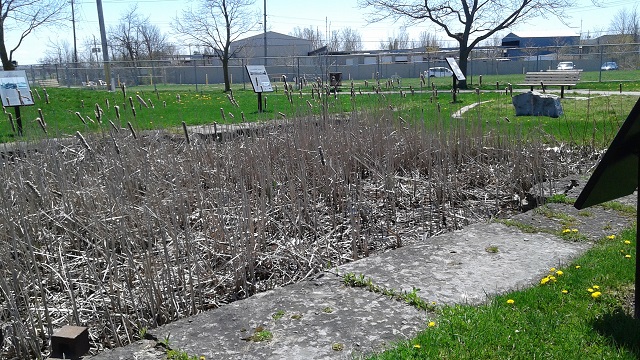Welland Feeder Canal Junction Lock
Since the 1820s, the Welland Canal has shaped the geography and history of the Niagara Peninsula and the City of Welland. The feeder canal junction lock was an early part of the canal system, created during construction of the first Welland Canal. When the junction lock was completed in 1845, it allowed boats to lock from the feeder canal directly into the Welland Canal.
Walter H. Shanly was the civil engineer who supervised the lock’s construction. Along with his brother Francis, they were among the first engineers to be trained in Canada. The work they did on the canal helped to establish professional standards for Canadian engineering.
As one of Welland’s earliest structures, the feeder canal junction lock was central to settlement in this area and the city’s establishment.
Contact
- Heritage Advisory Committee
- Civic Square,
60 East Main St., Welland, ON L3B 3X4 - info@wellandheritage.ca
